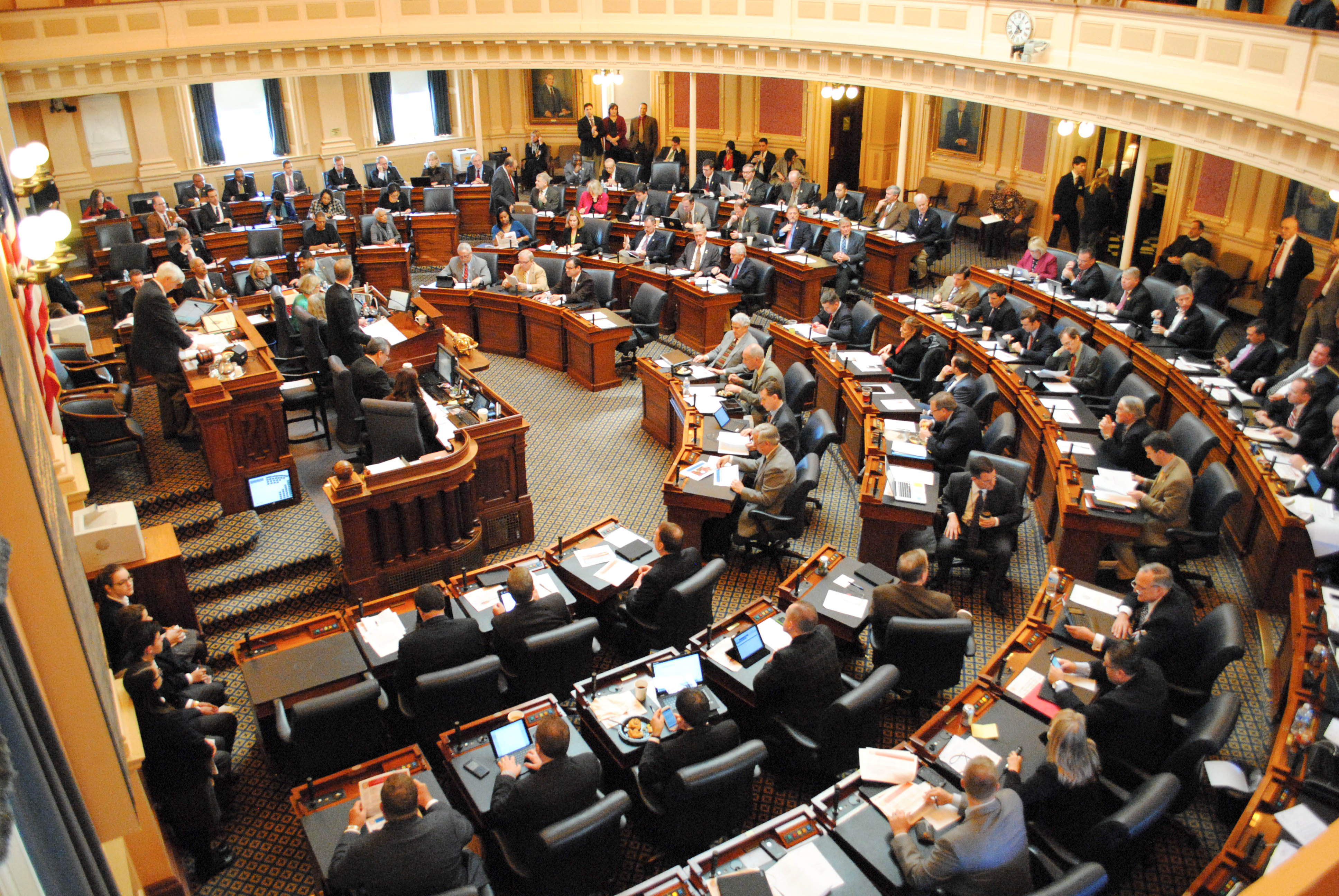Company has submitted a conditional use application to allow construction of a travel center with vehicle fuel sales in Garrisonville district.
Buc-ees, the Texas-based chain of travel centers, is looking at Stafford County as the site of its third Virginia location.
The company wants to open a travel center on a 36.18-acre site at the intersection of Courthouse Road and Austin Ridge Drive in the Garrisonville district.
According to the project narrative, which is available at the Stafford County planning department’s website, the proposed travel center will have 120 fueling stations and a 74,000-square-foot store, which will sell “in-house BBQ, baked goods and sweets, clothing, and a unique collection of gifts and weekend get-away gear.”
There would be 833 parking spaces, including 24 Tesla charging stations and 12 bus/RV spaces.
The development is anticipated to generate approximately 20,940 vehicle trips per day, with a peak of 2,174 vehicles per hour, and create 200 new jobs with an average starting wage of $16 to $19 per hour.
The project narrative does not contain an estimate of the amount of tax revenue the development would generate for the county, but states that it would be “significant.”
The property is zoned B-2, urban commercial, and the developer has applied for a conditional use permit to allow vehicle fuel sales. Convenience center is a use permitted by right in that zoning district, which is meant to “designate appropriate areas for high intensity commercial uses intended to serve retail sales and service and business and professional service needs, at a regional or countywide scale,” according to the County’s zoning ordinance.
“These areas should be located at strategic nodes along arterial and major collector roads where there are adequate utilities and facilities to serve intense development,” the description of the B-2 zoning district continues.
The County’s comprehensive plan identifies the area as being in a “targeted growth area,” where “a significant amount of new development and redevelopment (both commercial and residential) is expected to occur” and where “much of the County’s infrastructure and other public facility planning will be focused.”
The nearest residences to the proposed site are less than half a mile away, according to the county GIS, and neighbors of the proposed development are expressing concerns.
Cherie Smith, a resident of Booth Court, about half a mile north of the location, said the development will lead to dangerous traffic and other disruptions to a mainly residential area.
“We have had three fatal car accidents already from speeding,” she wrote in an email to the Advance detailing her concerns. “It a safety nightmare with school buses, bikers, walkers, runners and dog walkers. We already have to dodge speeders crossing the street. School buses will be late. Our property value will decrease. [There will be] an increase in air pollution, noise—horns, car doors closing, people’s voices—trash, potential ground water contamination from gasoline spills, and commercial lights shining through windows.”
In an April 24 letter to the county Planning Commission, which she shared with the Advance, Darla Stencavage, another resident of Booth Court, urged denial of the conditional use permit.
“While economic development is important, it should not come at the expense of compromising the residential character of our neighborhoods or jeopardizing the safety and well-being of our residents,” Stencavage wrote. “A decision could be made to have the Buc-ee’s at a location that would not be as close to a residential neighborhood, thus alleviating many of the safety and security concerns while still reaping the economic benefits. I trust that the commission will prioritize the long-term interests of the community and make a decision that reflects careful consideration of all relevant factors.”
Planning department staff are currently reviewing the application, which will be subject to a public hearing before both the county Planning Commission and Board of Supervisors.
No date is scheduled yet for these public hearings.
This article first appeared in the FXBG Advance and is republished with permission.





